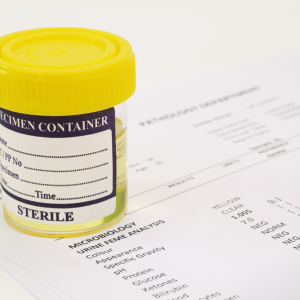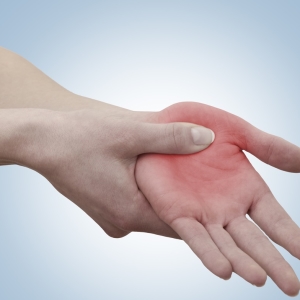Medicine never stands still. Every year new diseases are found and all new methods for their diagnosis and treatment are invented. The stage of setting the correct diagnosis is very important. For this you need at least two things: an experienced doctor and properly selected diagnostic methods. Very often doctors prescribe a biochemical blood test. Such popularity of the method is associated with the fact that almost any disease changes the biochemical composition of the blood. Sometimes the correct diagnosis can only be installed in the presence of blood biochemistry data.
How blood is carried out on biochemical analysis
For this analysis uses venous blood. It is more informative in the biochemical plan, as it has already passed through the tissues of the body and changed its composition. After that, the blood goes to the laboratory, where in special devices, using reagents, biochemical analysis occurs.

Group of Biochemical Blood Analysis Indicators
Blood biochemistry is not one thousand indicators. But in everyday medical practice, only small part of them is used. Indicators are divided into special groups, which simplifies their analysis.

A group of protein exchange in biochemical analysis
- Common protein (norm 65-85 g / l). This is a combination of all major blood proteins. The indicator can increase during leukemia and inflammatory diseases. It is reduced during the diseases of the liver, where it is synthesized, or for kidney diseases through which it can be lost.
- Albumin (norm 35-45 g / l). This is a protein that is normal in the normal blood. It is produced in the liver and is a carrier of various substances in the bloodstream. It also creates a strong oncotic pressure that contributes to the retention of fluid in the vessels.
- Globulins (rate of 35-45% of the total protein). Globulins include: alpha-1, alpha-2, beta and gamma globulines. Their changes are characteristic of inflammatory processes in the body. A pronounced increase in Gamma Globulin indicates multiple myel (leukemia).
- Fibrinogen (rate 2-4 g / l). This is a protein involved in blood turning. Often rises with inflammatory diseases.
- Creatine (norm 45-115 μmol / l). This is a product of the life of the body, which is often rising when the kidney function is violated.
- Urea (rate 2.5-8.3 mmol / l). Another substance that should be removed by the kidneys from the body.
- Serumcoid (rate of 0.13-0.2 units). This is a sharp-phase protein, which indicates inflammation.
- Tymol sample (rate 0-6). Raises with various liver diseases.
Lipid metabolism group in biochemical analysis
- Common cholesterol (norm 3-6 mmol / l). Participates in the construction of the cell membrane and the synthesis of hormones. When it enhances it increases the risk of atherosclerosis.
- Triglycerides (normal up to 2.3 mmol / l). This is the main body lipid, which is postponed in adipose tissue and is used to produce energy.
- Lipoproteins are commercial fats for the body. There are several types of lipoproteins: very low density, low density, high density.
Pigment exchange group in biochemical analysis
- Common bilirubin (norm 8-21 μmol / l). Bilirububes is formed during the decay of red blood cells.
- Indirect bilirubin (rate of 75% of the total). Its increase may indicate the massive or accelerated decay of the erythrocytes.
- Direct bilirubin (rate of 25% of the total). Increases with the diseases of the liver and the horizontal bubble.
- Hemoglobin (norm for men 130-160 g / l, for women 120-140 g / l). This is a protein that is associated with an iron atom. It is part of the erythrocytes. Decreases with anemia of various etiology.
A group of carbohydrate exchange in biochemical analysis
- Glucose (norm 3.5-5.5 mmol / l). Increased glucose levels testifies to diabetes mellitus.
- Glycosylated hemoglobin (norm 4.5-6 molar%). Another indicator that is used to clarify diabetes.
Group of enzymes in biochemical analysis
- AST (norm of up to 20 units / l) and Alt (norm of up to 40 / l). These are liver enzymes that rise in the destruction of its cells.
- GGTP (standard up to 30 / l) and alkaline phosphatase (norm up to 150 units). The increase in these enzymes occurs when a stagnation of yellow in the liver or a rated bubble.
- Alpha-amylase (norm 25-150 units / l). The enzyme of the pancreas, the level of which increases when it is damaged.

These are basic, but not all biochemical blood indicators. Do not forget that this analysis should be associated with your complaints, symptoms and other methods of instrumental and laboratory diagnostics. Only an integrated examination will help detect all your diseases.



































It seems to me the most important thing to follow exactly the level of hemoglobin ... many now have iron deficiency anemia ... most often secretly, therefore in our power to prevent its appearance. I can recommend, by the way, iron chelats from Evalar. This form is aslended as much as possible in the body and does not bring any sores that the most important thing. I order a phytomarket in the online store. Health does not fail me, our prevention, as they say.